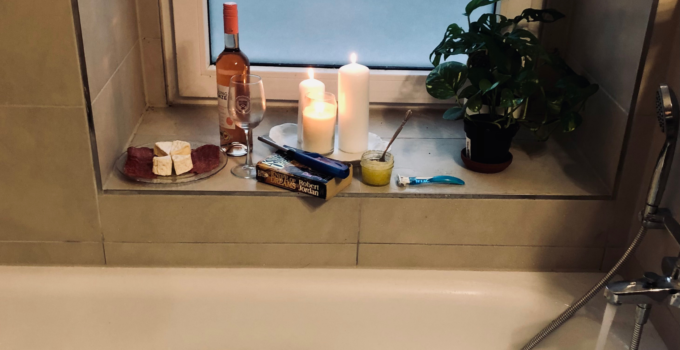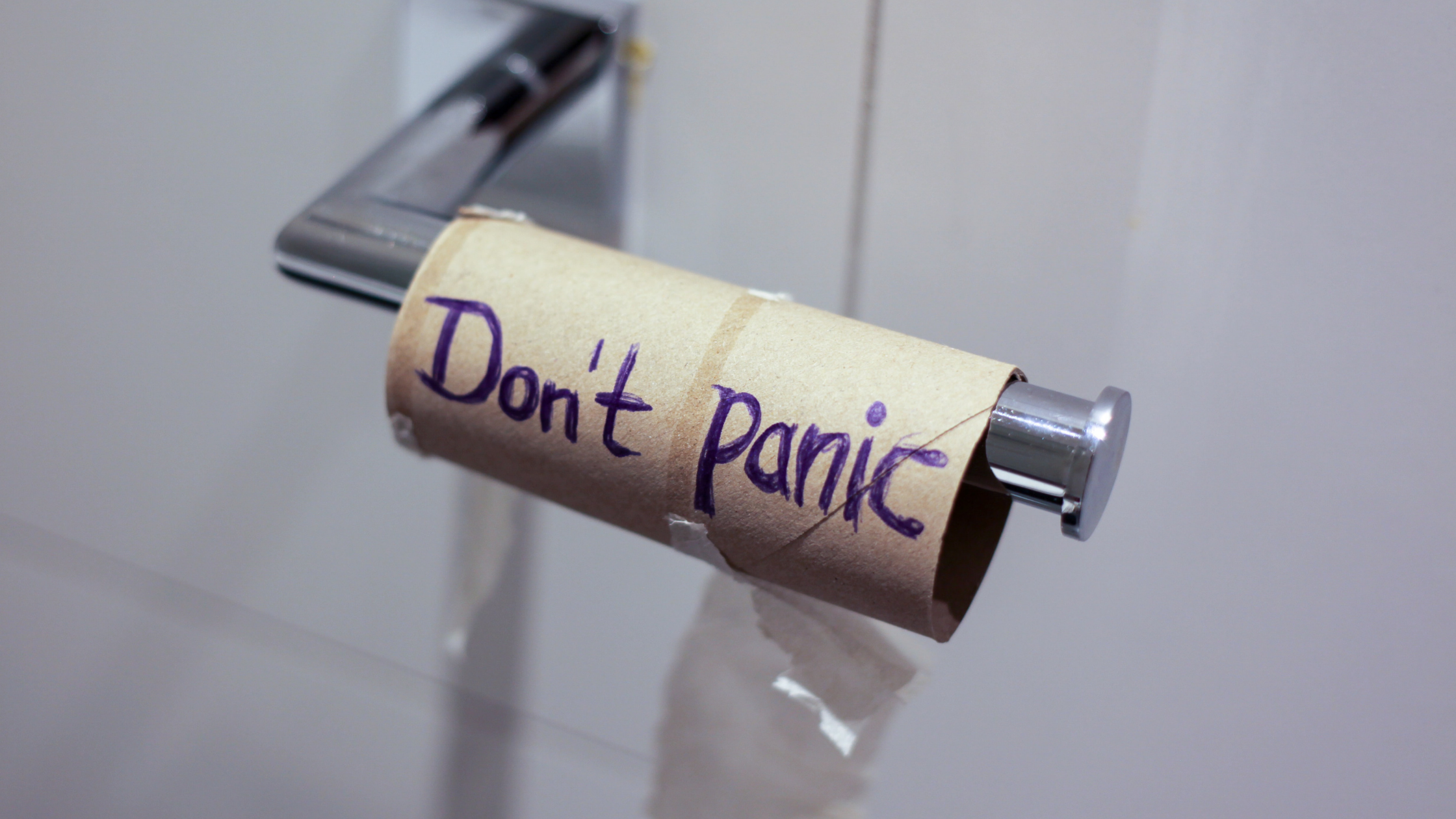I spend a decent amount of time learning about Cognitive Psychology, despite it having nothing to do with my career. And sometimes, I learn that one of my habits is backed up scientifically. What a pleasant surprise! One of my lockdown habits has been to take a walk during lunch every day. The way I see it, I need vitamin D, and during winter, the sun goes down before my husband is done with work. So lunchtime it is. Recently, I’ve realized that when I go on that walk, I notice it’s only 1pm and the day feels longer. I feel less pressure to hurry through the things I have left in my day. Turns out, that feeling is called time affluence.
What is Time Affluence?
The word “affluence” is generally associated with monetary wealth. But researchers have found that people who would rather give up money for time are happier than those who focus their time on making more money. To that end, time affluence is the feeling you get when you feel like you have enough time to enjoy yourself. There is ample time in the day to pursue hobbies and rest. Pursuing time affluence will help you be happier.
This ties in with a study that I try and keep top of mind: the diminishing returns on income. This study found that, somewhere between $75k and $120k of income, households have all needs met. Once they hit this threshold, more money doesn’t make them as happy as it did before.
So if you’re one of the lucky folks that have hit that monetary threshold, it would behoove you to focus your energy on creating time affluence in your life.
How to Create Time Affluence
Ok, so your bills are paid, you have financial goals set up, and you’re ready to start tapping into your time affluence. Now what?
There are two techniques that I’ve been using to help me feel like I have more time. But Katherine, you think, you’re unemployed. You already have ALL the time. Ah, but you see, how much time you FEEL you have has almost nothing to do with how much time you ACTUALLY have.
Somewhere growing up, I started believing that I need to be busy all the time. I associate down time with wasted time. But I’m working my way out of that mindset. And the two tools I’m using to help me are: savoring and mindfulness.
Savoring
When you savor something, you’re focused on enjoying it. I immediately think of food when I think of savoring, but it can be applied to anything in your life. When you take time to stop and really focus on how much you’re enjoying something, you’re creating a double benefit. First, you are enjoying the moment more fully. Second, you are creating richer memories to look back on. It makes me think of my favorite quote:
And I urge you to please notice when you are happy, and exclaim or murmur or think at some point, ‘If this isn’t nice, I don’t know what is.’
Kurt Vonnegut, Jr.
I think this quote perfectly captures the essence of savoring. Exclaiming, murmuring, or thinking are all valid ways to make yourself stop and enjoy the moment a little more.
Mindfulness
Mindfulness is a pretty hot topic right now, but there’s one little tiny mindfulness technique that’s applicable to time affluence. I often find my brain racing ahead to the dozen things I want to do in a day. I get anxious, feeling the day slipping away, even if it’s 9:37am (which it is, right now). A little habit I’m trying to build in these moments is body awareness.
When I feel time rushing up toward me, full of tasks and with no rest or enjoyment, I’m working on switching my attention to my body. I mentally identify random parts of my body. Where are my elbows? How about my toes? My ears? My bellybutton? This snaps me out of my racing thoughts and back to where I am and what I’m doing. It’s 9:39am. I have a full day ahead of me. I have plenty of time to write this post. And you know what? I like writing posts. BOOM. Savoring.
These two tools amplify each other and help me feel like I have plenty of time.
Other Tools to Create Time Affluence
But if savoring and mindfulness aren’t your cup of tea, here are some other ideas to try and increase how much free time you feel you have (and how to enjoy it more):
Reverse Scheduling
Are you looking at your calendar, chuckling to yourself about how impossible it will be to create time affluence for yourself? Too busy? Well, try something for me. Pick an hour in the next week. Just one hour. Block it off and pretend that it’s a date with a friend. Hell, create an empty zoom meeting for yourself if you need to. But defend that time like you would if you were meeting up with a friend you haven’t seen in 9 months. Reverse scheduling is putting your leisure on the calendar first, then filling in with other obligations.
During that time, find something restful (or exciting, if you have a hobby that feels restorative) and really savor your time doing it.
Micro-Dates
Is an hour too long? Do you wish you could take a long bubble bath, but can’t squeeze it in? Try figuring out what it is about that activity that is enjoyable and make a 20-minute version. Maybe light a candle and do a face mask. Or drink a glass of wine while curled up in blankets.
In college, I would read for 20 minutes to fight finals stress. Reading is my ultimate mental health activity, and 20 minutes was just enough to reset.
Rethink Rest Activities
Fun fact: we actually enjoy our time spent at work more than we do our time spent at leisure. This really surprised me when I learned it, but the secret is flow. When we get into flow, our brains are completely engaged in what we’re doing. And you know what? That makes us happy.
So you can tap into this well of happiness by taking a critical eye to your leisure activities. While you absolutely need to make time for rest, 2 hours binging Netflix might not be as restful as you think. Keep an eye out for that moment when you go from watching because you want to watch and watching because….you’re still watching. When you hit that moment, turn off the TV and try something a little more stimulating. Exercise, listening to music, journaling, hell, pull out some Legos and build something! Engage your brain. You might be surprised how rested you feel.



No Responses